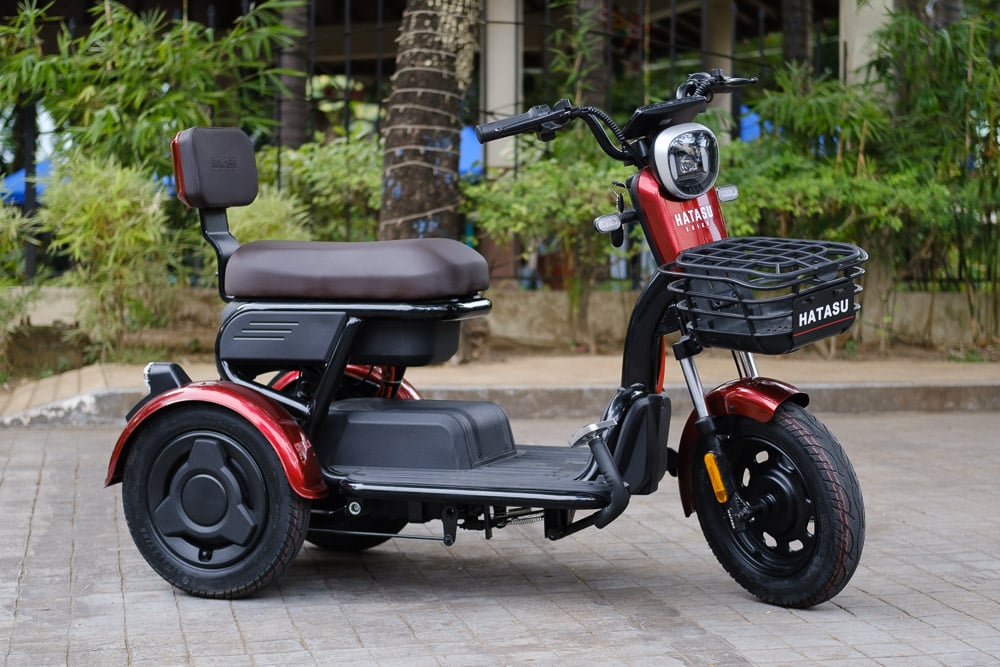
Within the lineup of Hatasu Philippines, the Haru is the most affordable three-wheeler at P36,990. It is an electric tricycle designed for personal transport—to move someone (and his or her belongings) from point A to B.
On paper, this sounds like a nice idea as it provides mobility to those who can’t balance on a two-wheeler. But on the ground, what’s it like actually riding the thing?
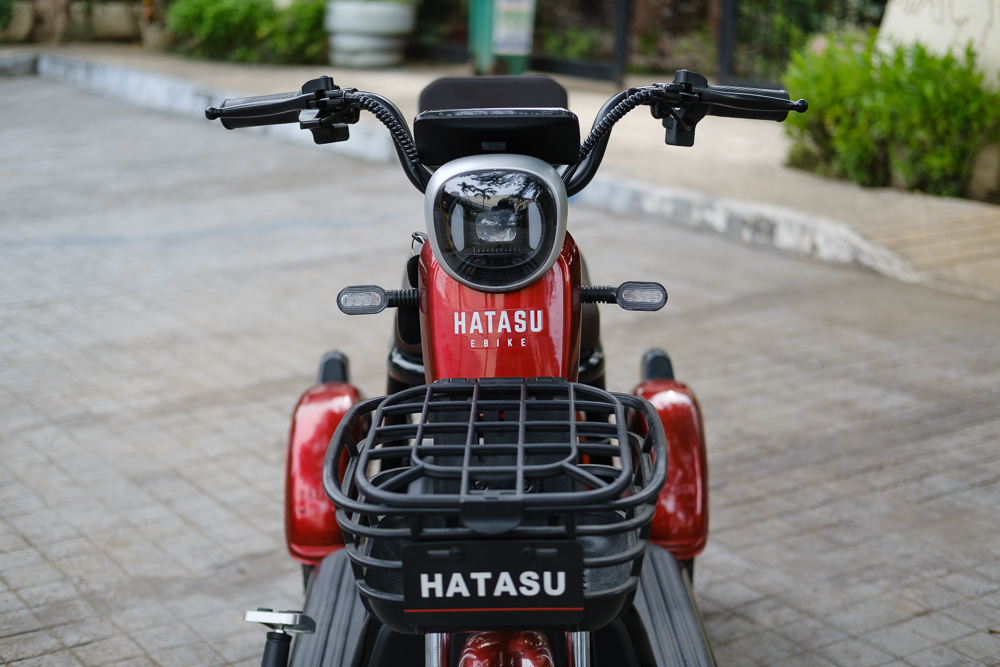
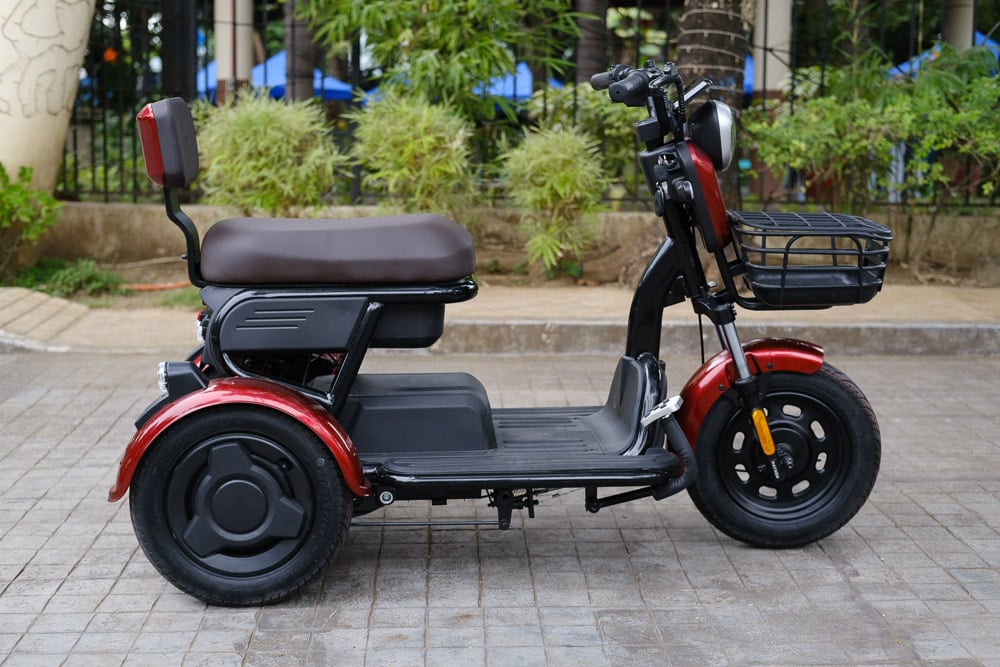
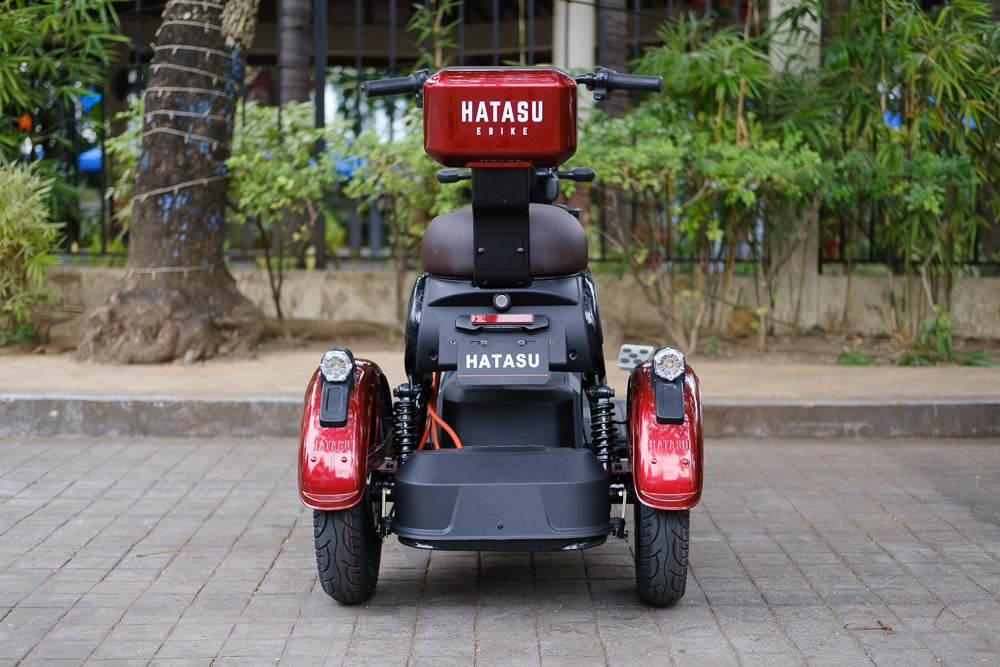
The Haru is propelled by a 500W motor. And this is powered by a nonremovable set of lead-acid batteries, located below the seat, with a total capacity of 20Ah at 48V. The vehicle rolls on 10-inch-by-three-inch wheels with stopping power provided by cable-actuated drum brakes.
Hatasu claims the charging time can take as long as eight hours. Meanwhile, the maximum range is said to be as far as 50km, but this will vary depending on real-world conditions such as the rider’s weight and the road conditions.
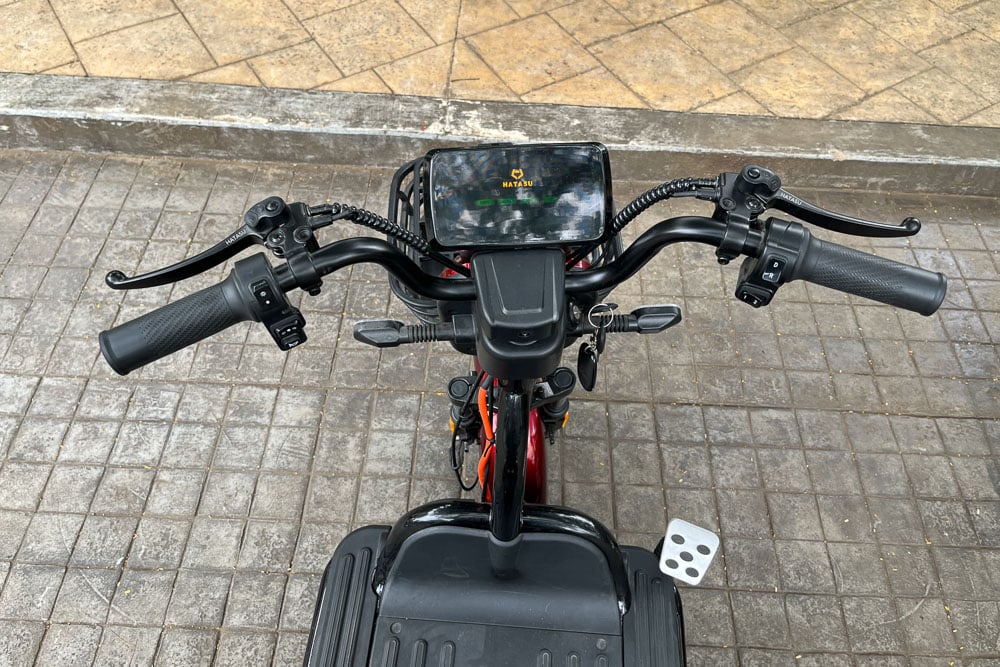
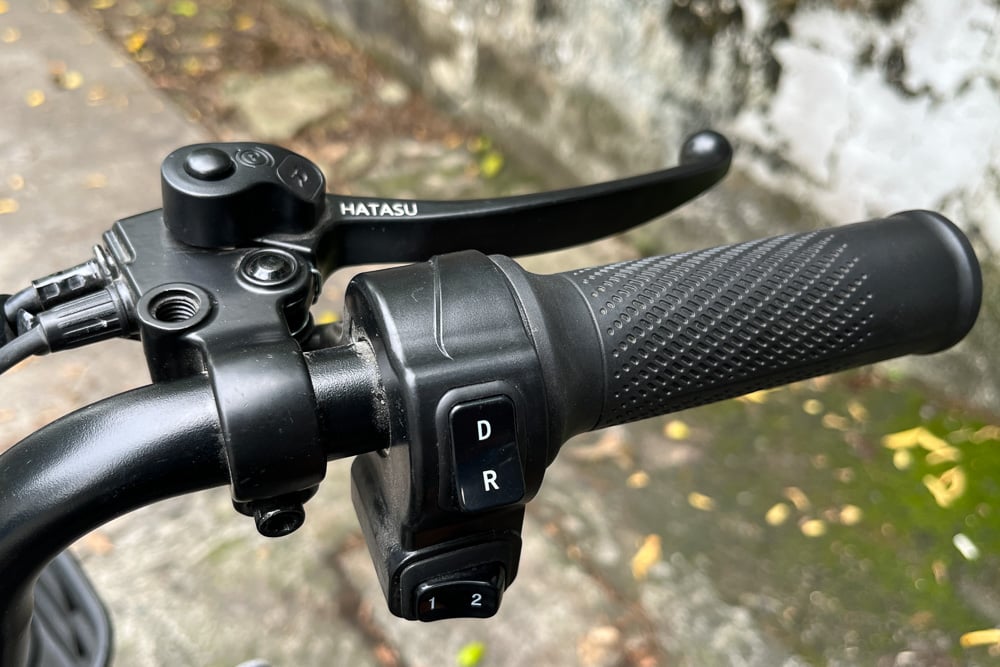
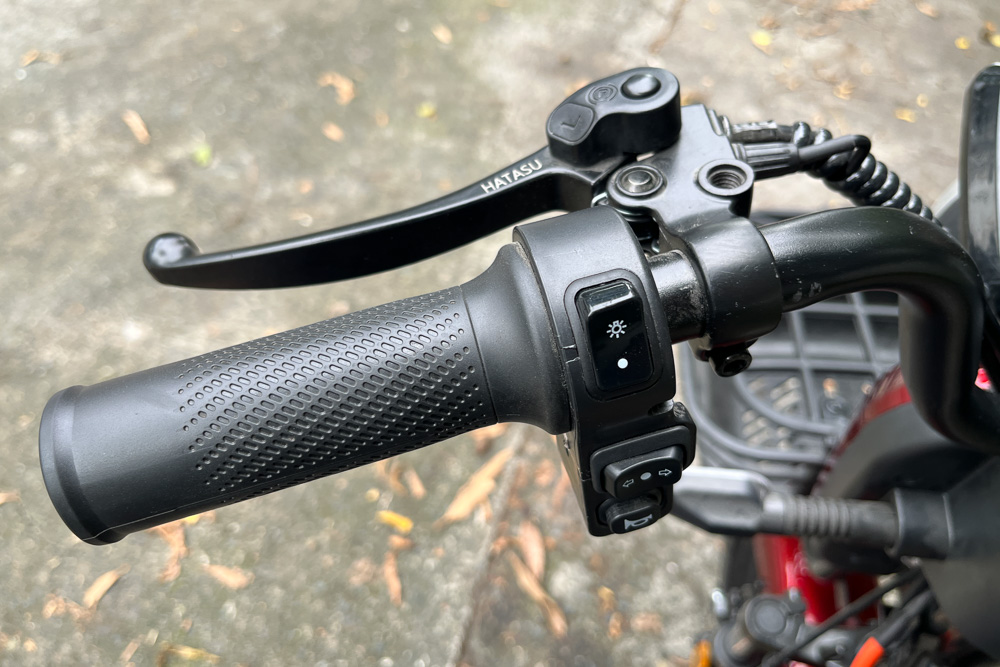
The major controls consist of a twist throttle and brake levers with lock buttons to keep the vehicle stationary when parking. There is also a brake pedal on the floorboard.
On the left side of the cockpit are switches for the lights, the turn signals, and the horn. Meanwhile, the drive selector (to move forward or backward) and the speed selector are located on the right.
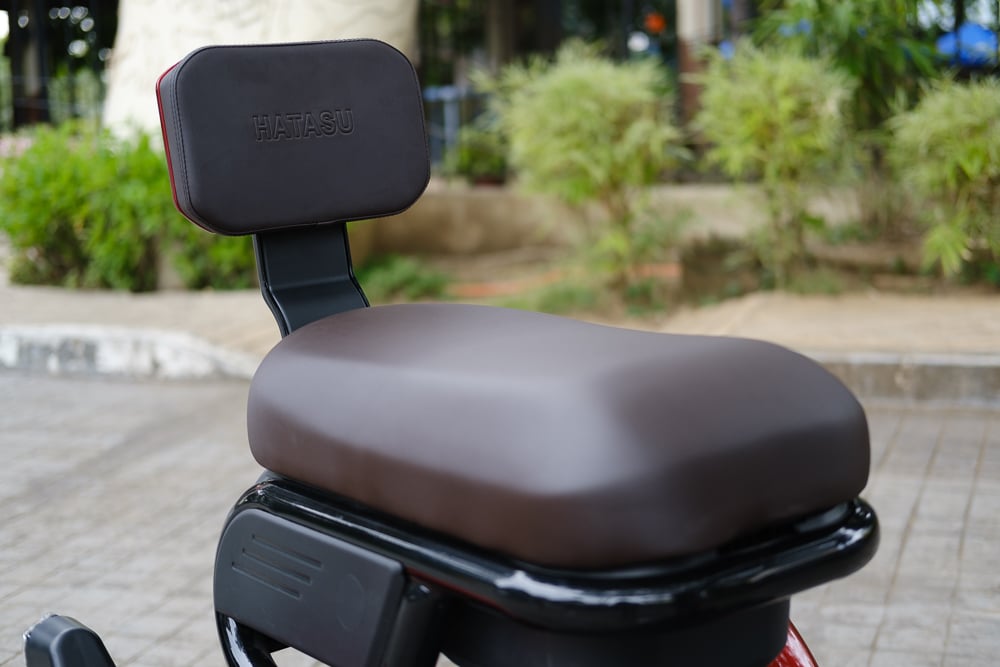
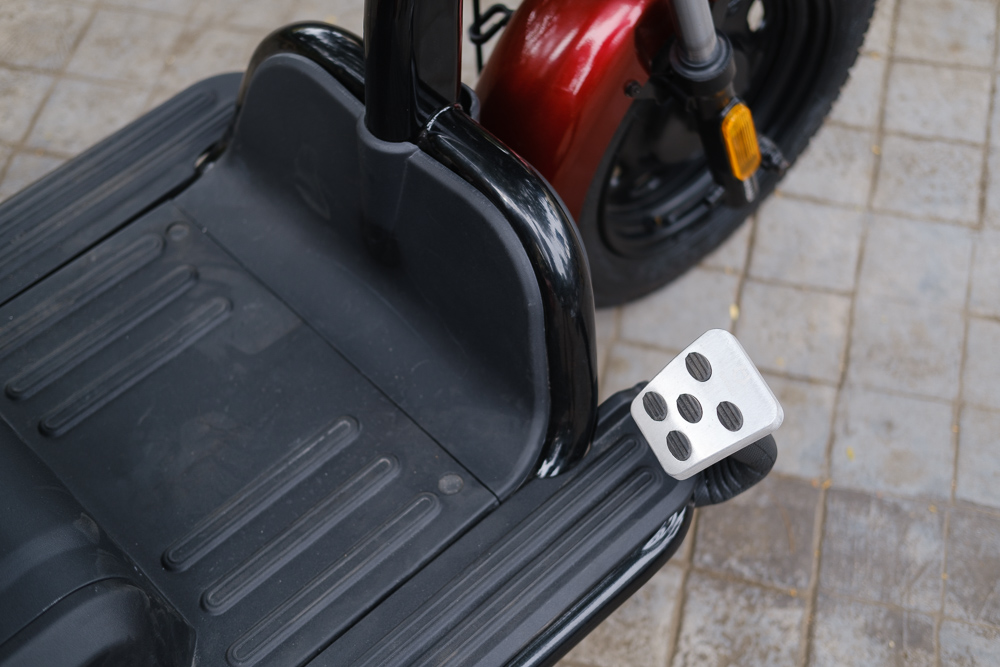
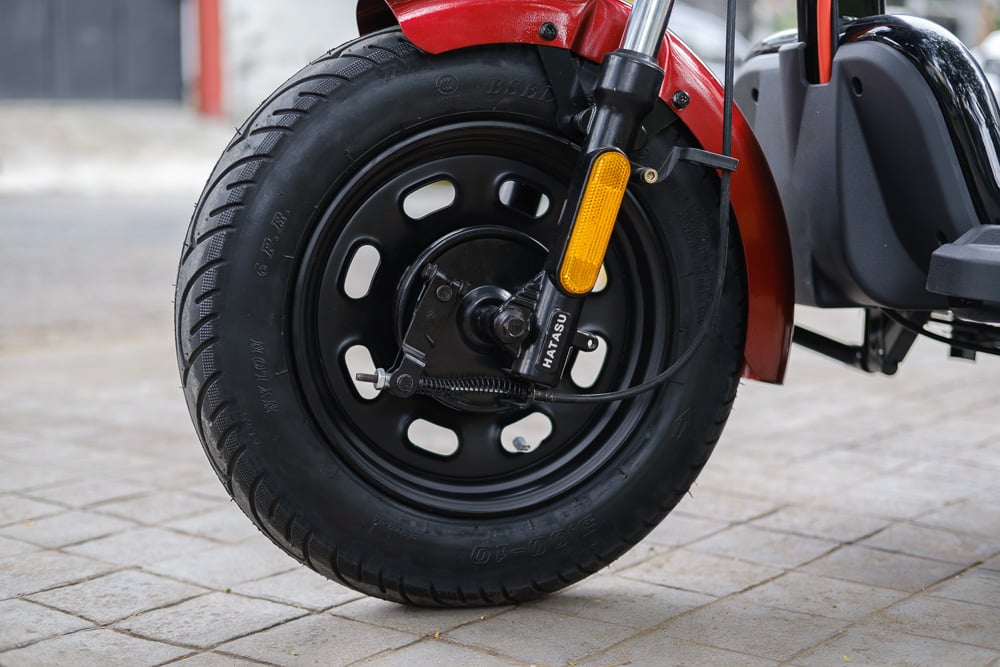
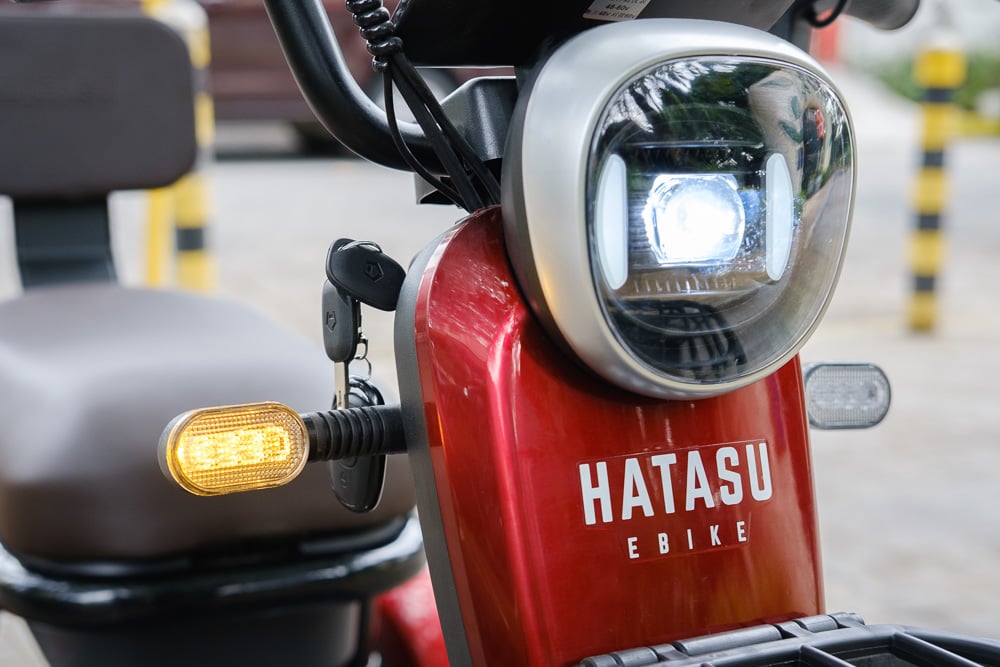
Hopping on the Haru, the first thing you’ll notice is the wide, plush saddle that’s long enough to accommodate more than one person. The e-trike is turned on via a key. But before you can get moving, you’ll have to press both brake levers to unlock the throttle.
The first time I turned the throttle, I was caught off-guard by the sudden unintended acceleration. The motor is strong alright—capable of the steepest climbs around Kapitolyo in Pasig. However, the power delivery is jarring. This can be remedied by gradually twisting the throttle, but a certain degree of dexterity is needed.
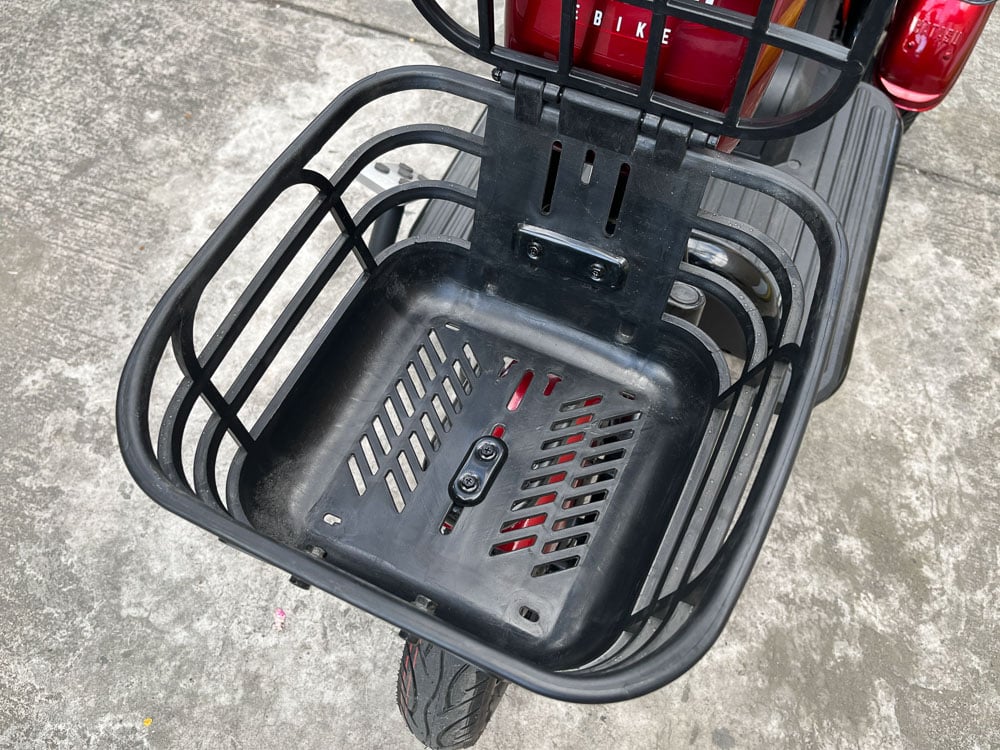
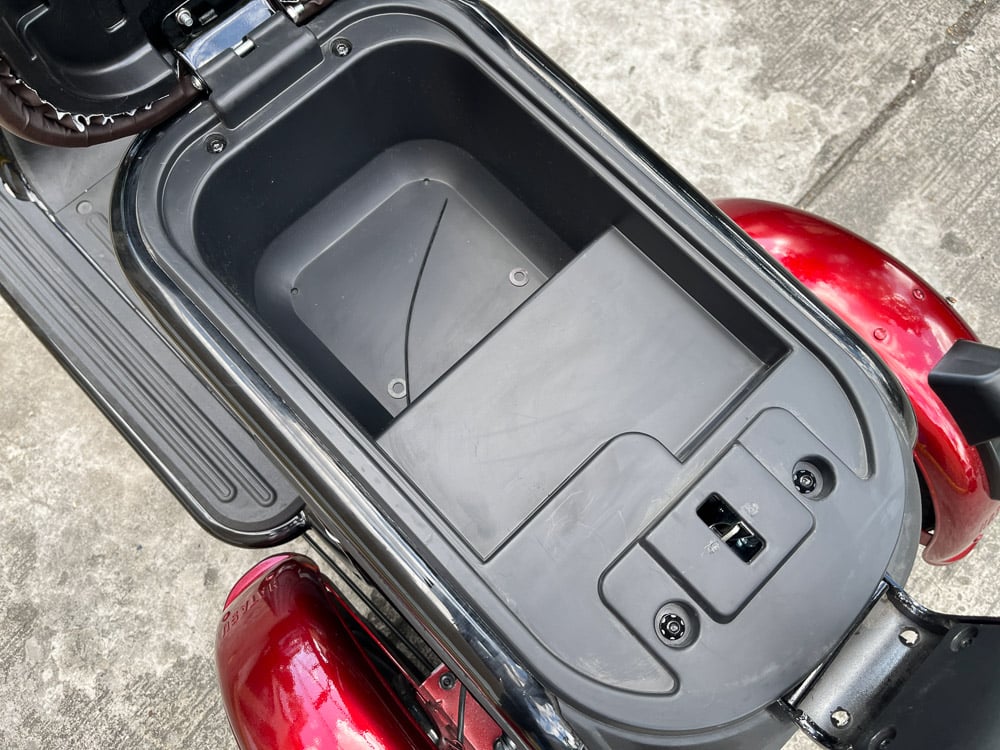
Taking off is one thing, keeping the e-trike in control is another. Riding the Haru is like driving an electric go-kart, without the security of a bucket seat and a multipoint harness.
The steering is twitchy, and negotiating corners is tiring—if not thrilling—as you have to proactively counteract the inertia trying to throw off your body and tip over the vehicle.
Extra care is needed on bumpy roads. Go over a hump at the wrong angle, and you’ll easily be swayed from side to side as each wheel goes over the crest.
The brakes work adequately, but aren’t enough for sudden and hard stops. And just because the vehicle can go as fast as 25km/h doesn’t mean it’s wise to be moving that quickly, especially on tight and busy streets.
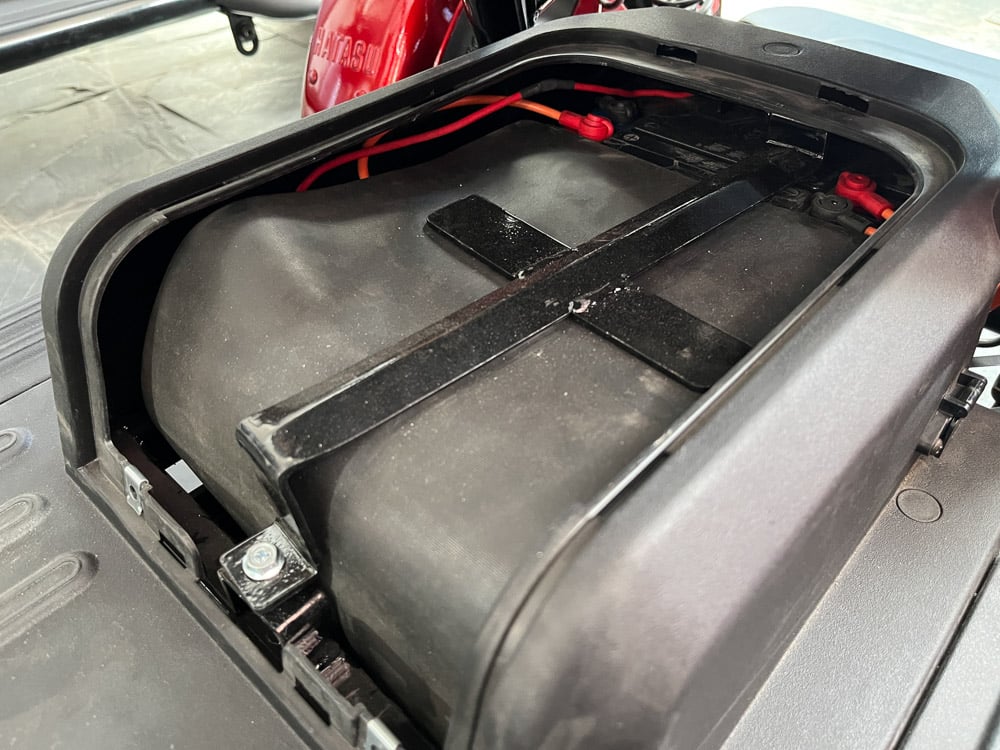
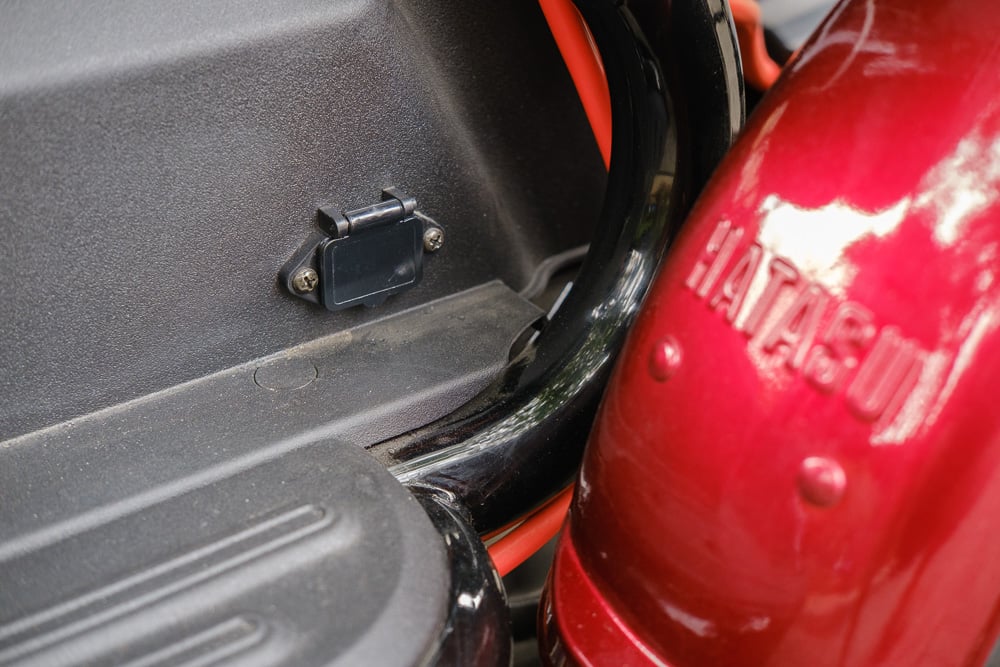
“No skills needed” is the tagline Hatasu Philippines used for a series of reels to promote the Haru. Although this three-wheeler is touted as the mobility solution for people with balance problems, it is not beginner-friendly.
The e-trike is wide and heavy, so you’ll get stuck in traffic just like any other car. The acceleration kicks like a mule, and turning the vehicle feels like a rodeo. For those physically able, learning to ride a bicycle or an e-scooter would be more worthwhile.
It would be nice if the acceleration curve were gentler, and the e-trike had a more stable platform. Even so, there isn’t anything within the Haru that would compel bike-commuters, motorcycle riders, or car drivers to choose this.
I also can’t imagine how a complete beginner, especially a minor, could hop on and ride something like this around the city—safely, responsibly, and confidently (knowing the kind of drivers we have).
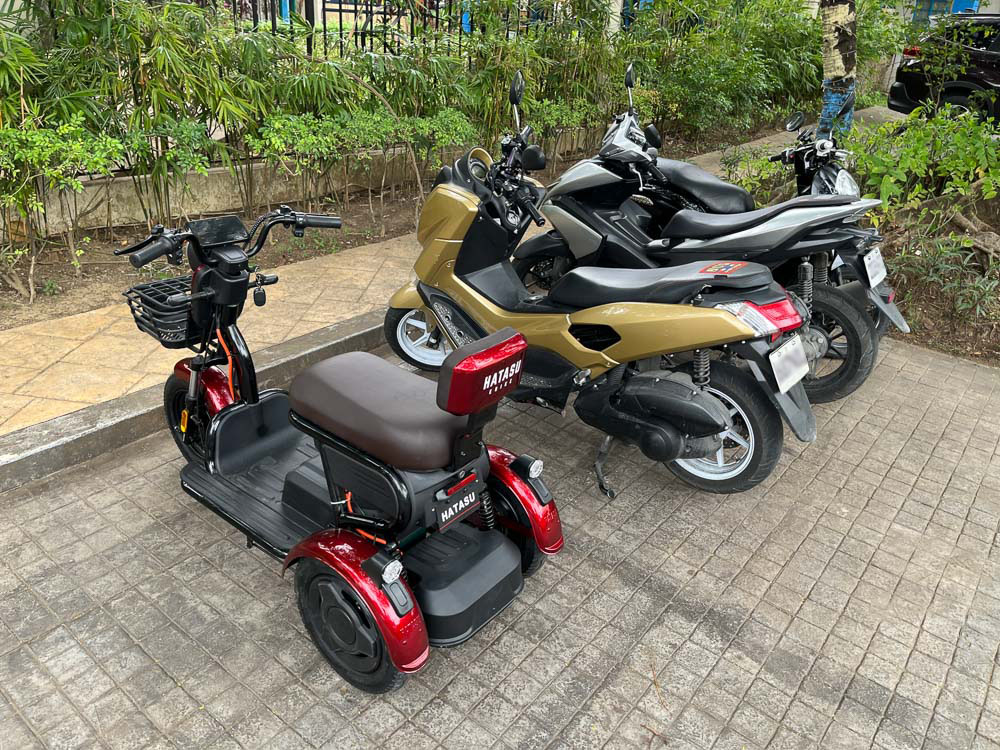
At its price point, the Hatasu Haru is certainly much cheaper than a car, and it can be useful for short-range trips for capable riders.
However, whether or not it could serve as one’s daily driver is a different story with the vehicle’s limitations and government restrictions.
Living with this e-trike is not impossible, but it will likely be more of a chore than a convenience.

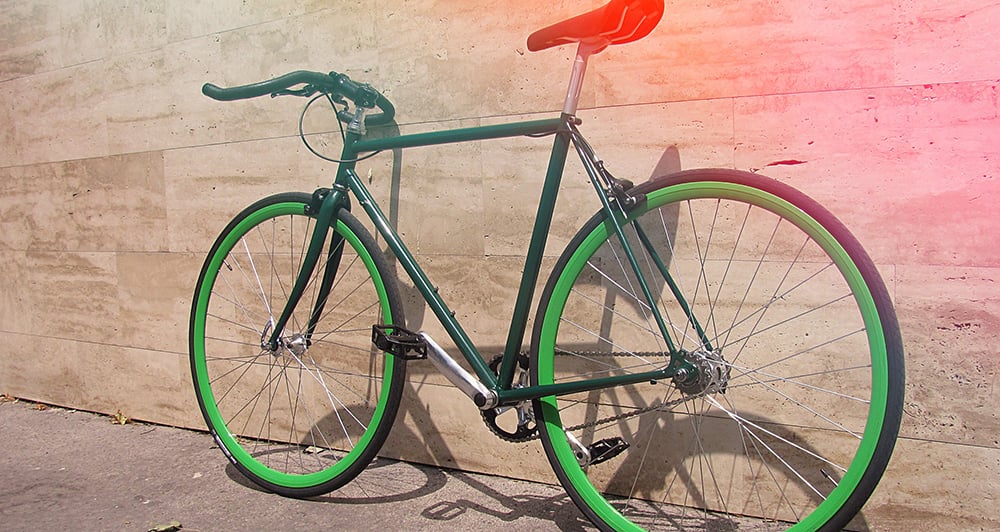
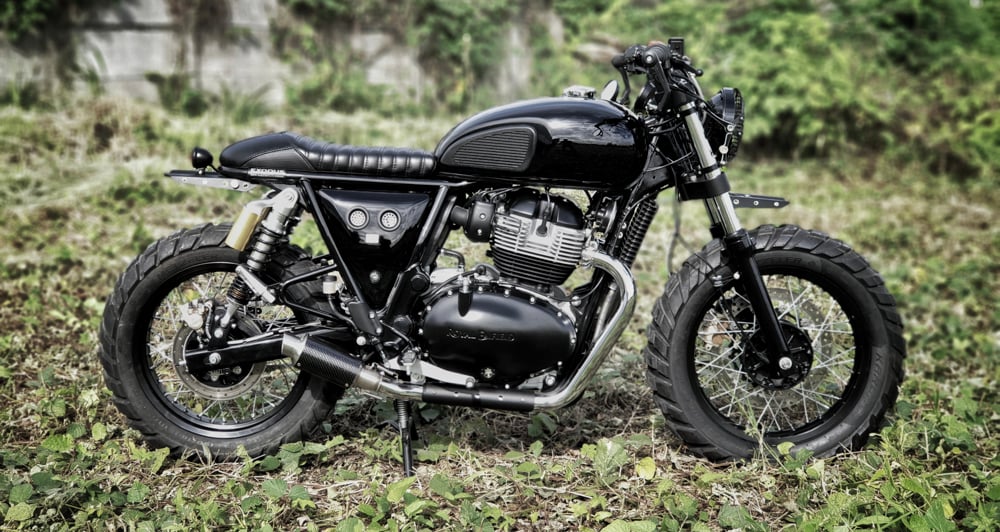
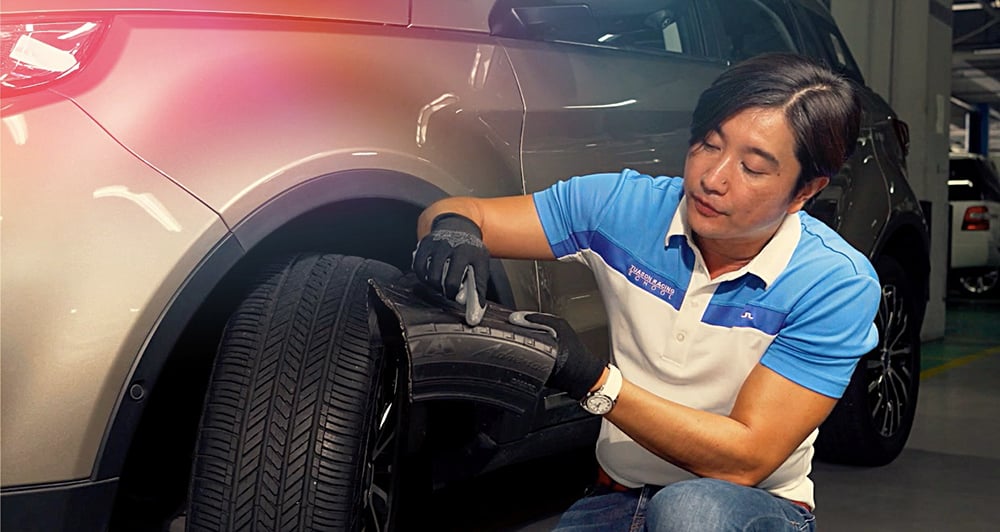

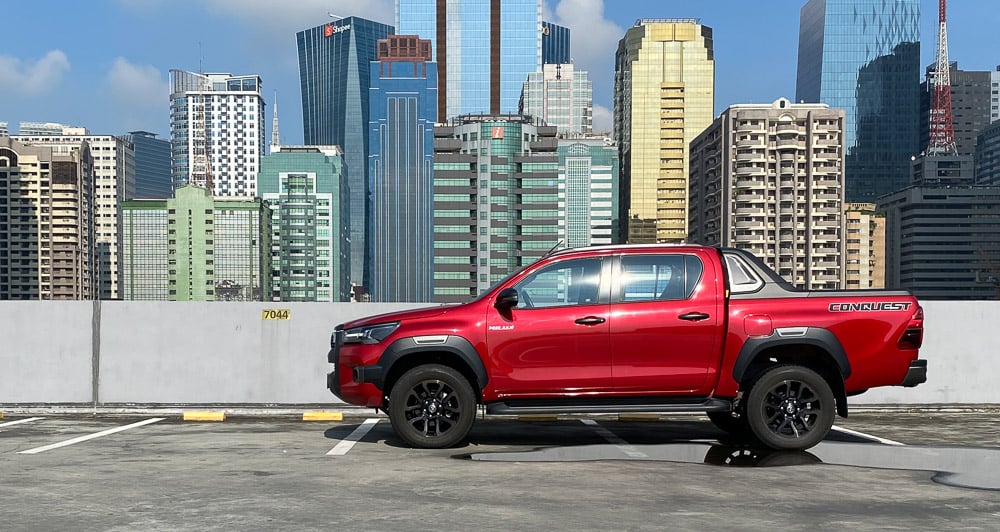

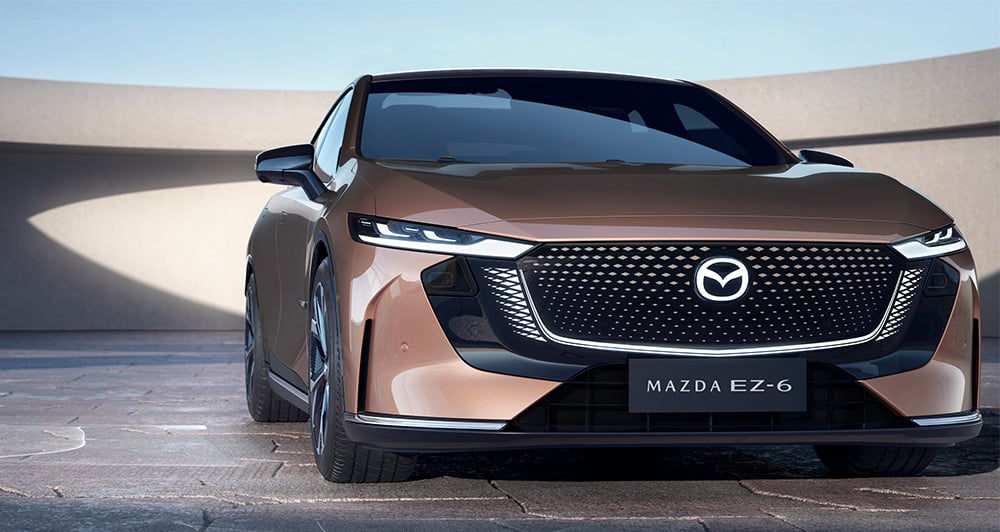
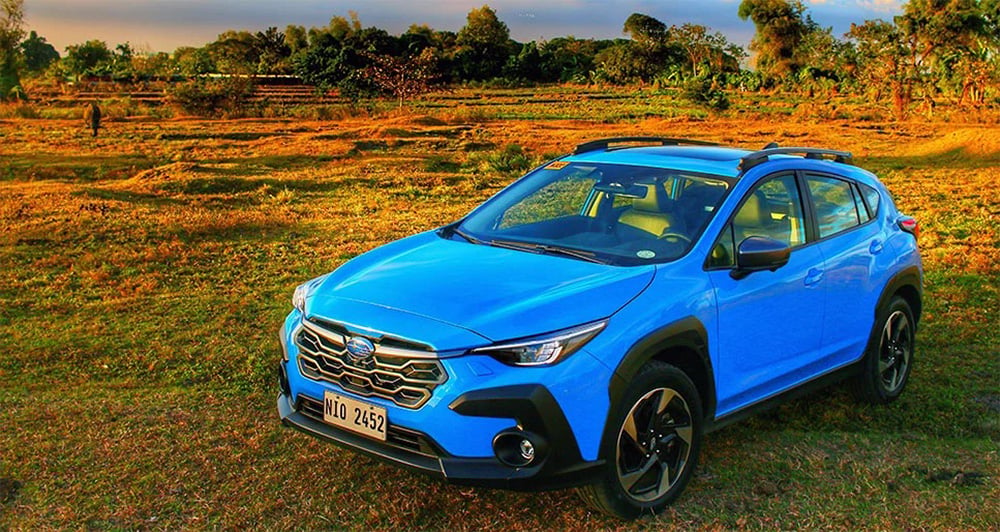


Comments